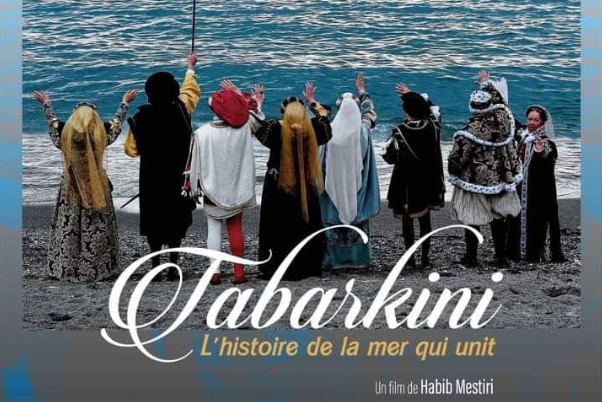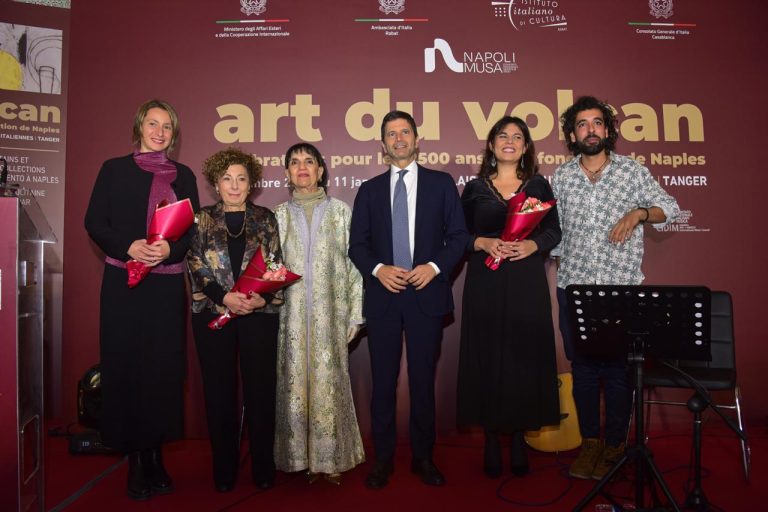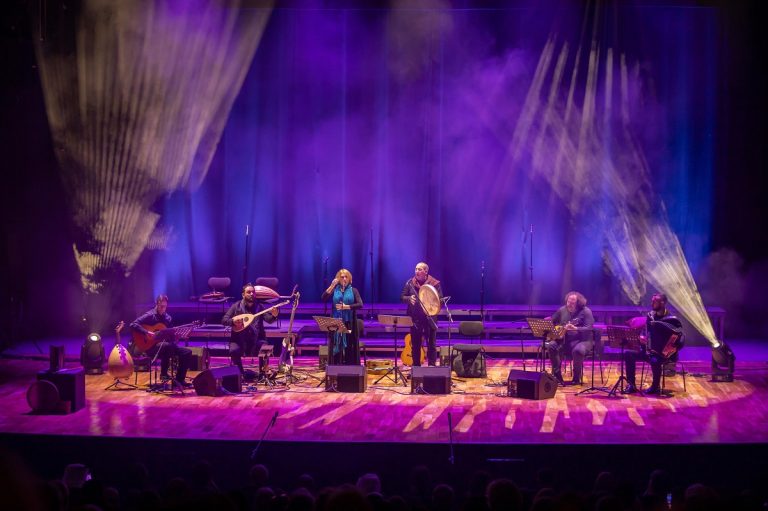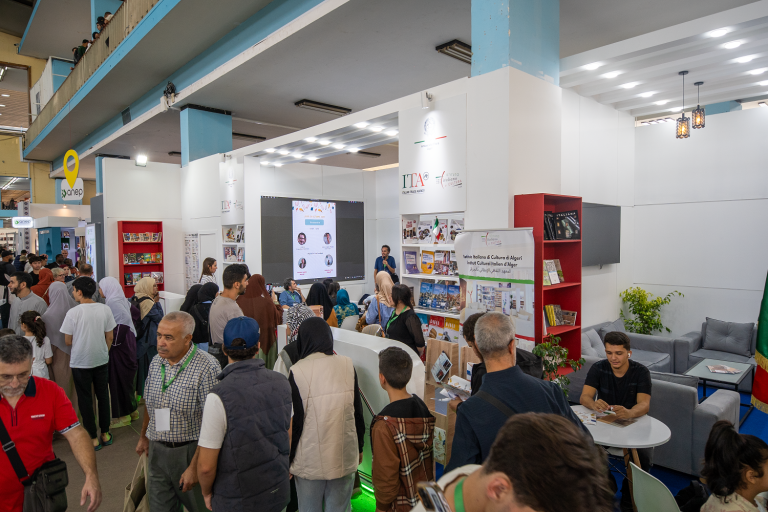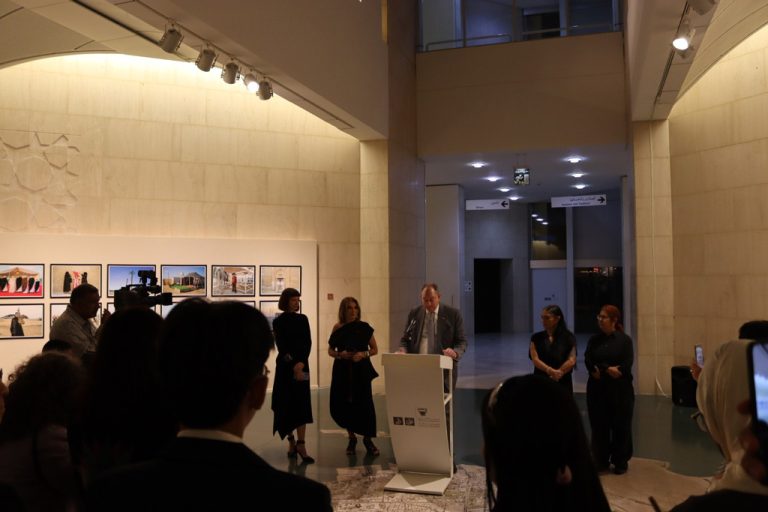The documentary “Tabarchini, the story of the sea that unites”, by Tunisian-Italian director Habib Mestiri, premiered on 30 November at the Film Library of the Cité de la Culture in Tunis. Through a series of interviews with first-hand witnesses, the film reconstructs the history of Tabarka and the epic story of the population of Ligurian origin, the “Tabarchini“, who settled in the town in northern Tunisia on the border with Algeria from the mid-16th century.
The film – which includes spoken pieces by the Italian Ambassador in Tunis, Lorenzo Fanara, at the beginning and the end – was shot in Italy, Spain and Tunisia, thanks to the support of the Italian and Tunisian Ministries of Culture, the Tunisian National Tourist Office and the Italian Cultural Institute in Tunisia.
This is the first film produced under the Tunisian-Italian Film Co-production Development Fund, established in May 2018 as part of the 1988 bilateral film co-production agreement between Tunisia and Italy.
The screening of the 70-minute documentary was preceded by a presentation by the director and speeches by Ambassador Fanara and representatives of the Ministries of Culture and Tourism.
The story of the Tabarchini, which has been handed down from generation to generation, is an emblematic example of how culture and traditions can be shared in the Mediterranean, which is why Italy, Spain and Tunisia have requested its inscription in the UNESCO List of Intangible Cultural Heritage. In 1544, Charles V, following a treaty signed with the then Bey of Tunis giving him permission to establish strongholds on the Tunisian coast and to fish for coral, fostered the settlement on the isle of Tabarka of a group of Genoese people, originally from Pegli, which rapidly became a prosperous trading post run by the powerful Lomellini family. The population, which lived there for almost 200 years and numbered up to 1,800, was engaged in coral fishing and trade in regional products, including wheat, which was exported to Genoa.
In 1738, due to the depletion of the coral banks and following the outbreak of conflicts with the local population, most of the people of Tabarkino relocated to Sardinia, where they founded the town of Carloforte. Others established two other communities: one at Calasetta, also in Sardinia, and the other at Nueva Tabarca off the coast of Alicante, in Spain. The “Tabarchini”, who created a community with original characteristics, integrating the traditions and customs of their homeland with those of the local population, have never forgotten their African homeland and, since 2008, ties with Tabarka have been strengthened.

